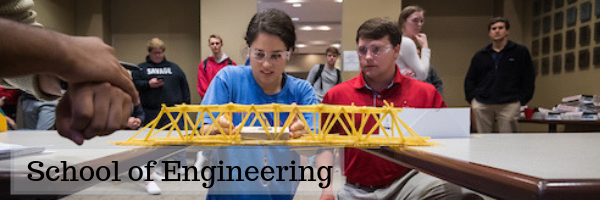
Faculty and Student Publications
Document Type
Article
Publication Date
3-1-2019
Abstract
© 2018 Elsevier B.V. The main objective of a series of our researches is to develop a novel acoustic-based method for activation of biochar. This study investigates the capability of biochar in adsorbing Ni(II) as a hazardous contaminant and aims at enhancing its adsorption capacity by the addition of extra nitrogen and most probably phosphorous and oxygen containing sites using an ultrasono-chemical modification mechanism. To reach this objective, biochar physically modified by low-frequency ultrasound waves (USB) was chemically treated by phosphoric acid (H3PO4) and then functionalized by urea (CO(NH2)2). Cavitation induced by ultrasound waves exfoliates and breaks apart the regular shape of graphitic oxide layers of biochar, cleans smooth surfaces, and increases the porosity and permeability of biochar's carbonaceous structure. These phenomena synergistically combined with urea functionalization to attach the amine groups onto the biochar surface and remarkably increased the adsorption of Ni(II). It was found that the modified biochar could remove > 99% of 100 mg Ni(II)/L in only six hours, while the raw biochar removed only 73.5% of Ni(II) in twelve hours. It should be noted that physical treatment of biochar with ultrasound energy, which can be applied at room temperature for a very short duration, followed by chemical functionalization is an economical and efficient method of biochar modification compared with traditional methods, which are usually applied in a very severe temperature (>873 K) for a long duration. Such modified biochars can help protect human health from metal-ion corrosion of degrading piping in cities with aging infrastructure.
Relational Format
journal article
Recommended Citation
Sajjadi, B., Broome, J. W., Chen, W. Y., Mattern, D. L., Egiebor, N. O., Hammer, N., & Smith, C. L. (2019). Urea functionalization of ultrasound-treated biochar: A feasible strategy for enhancing heavy metal adsorption capacity. Ultrasonics Sonochemistry, 51, 20–30. https://doi.org/10.1016/j.ultsonch.2018.09.015
DOI
10.1016/j.ultsonch.2018.09.015
Accessibility Status
Searchable text
Included in
Biomedical Engineering and Bioengineering Commons, Chemical Engineering Commons, Civil and Environmental Engineering Commons, Computer Engineering Commons, Electrical and Computer Engineering Commons, Geological Engineering Commons, Mechanical Engineering Commons

